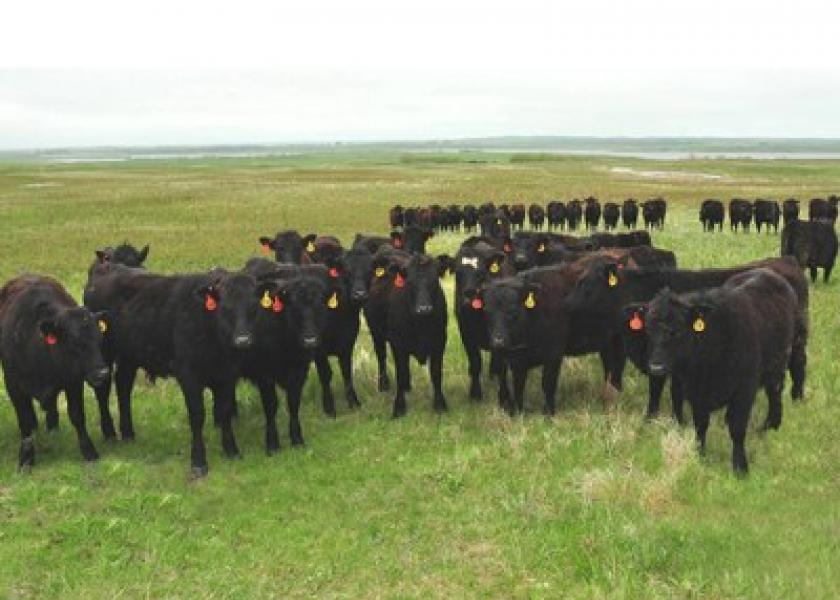Early Season Grazing Targets Kentucky Bluegrass

NDSU research shows early intensive grazing has reduced bluegrass growth.
Early season grazing could be an effective way to control Kentucky bluegrass, North Dakota State University researchers and Extension Service specialists say.
Kentucky bluegrass is a perennial cool-season grass with tiny leaves. It heads out early and does not provide useful forage for very long. It begins growing earlier in the spring than native species. That gives it an advantage because it can use soil water and block sunlight to the later-emerging grass species.
Early season grazing can provide a means of “shifting species” in a pasture, according to Bob Patton, range scientist at the Central Grasslands Research Extension Center near Streeter.
Patton has been conducting a multiyear grazing study targeting early season grazing of Kentucky bluegrass. The objective of his study is to decrease the amount of bluegrass dominance in a pasture so the area has a diverse mix that creates more consistent quality for livestock grazing.
Fara Brummer, area Extension livestock systems specialist at the Central Grasslands center, recommends that producers take a systems approach to bluegrass. If the objective is to decrease its presence in a pasture, producers should turn cattle out before Kentucky bluegrass reaches the two-leaf stage, while it is vulnerable to grazing pressure.
However, she also cautions that producers only should target pastures with a 20 percent or greater amount of bluegrass using early intensive grazing. Attention to the cattle removal date is critical so that later-maturing native species are not grazed more than once. Grazing them more than once can reduce their growth and vigor. Cattle should stay in the pasture only until 30 percent of the other more desirable species show signs of being grazed, or approximately 30 to 40 days.
“The idea is to stress the bluegrass, with the understanding that it will have less growth and vigor in the pasture for the remainder of the year, especially if conditions are dry,” Brummer says.
Targeting plant species for removal with grazing can offer a cost-competitive advantage as well, say Kevin Sedivec, Extension rangeland management specialist, and Ryan Limb, an assistant professor in the School of Natural Resource Sciences. Early turnout means producers need less harvested feed and labor to deliver that feed.
Miranda Meehan, Extension livestock environmental stewardship specialist, stresses that early turnout is not recommended for pastures that are dominated (80 percent or more of the composition) by native species, especially with the risk of drought. But for pastures that are heavily dominated by bluegrass, it can be an effective means of allowing native grasses to gain a competitive advantage and increase forage production and quality.
In Patton’s research, the cattle are stocked at a moderate stocking rate of 1.1 animal unit months (AUMs) per acre on a loamy soil. The early intensive treatment will see more animals per pasture because their grazing period is short - approximately a quarter of the time of the seasonlong trials.
On average, 36 heifers will be grazed per pasture in the early intensive trial and 11 heifers per similar pasture will be grazed in the seasonlong grazing treatment.
This is the fifth year of the Central Grasslands study comparing early intensive grazing with seasonlong grazing. So far, Kentucky bluegrass aerial cover and frequency declined on early intensive grazing but not on seasonlong grazing during a three-year period.
This year, center researchers turned yearling heifers out on pasture April 24, which is at least a month earlier than the average turnout date for the state.
For more information on this study, visit the Central Grasslands center’s website at http://www.ag.ndsu.edu/CentralGrasslandsREC and go to the 2013 Annual Report.
Source: NDSU Extension







